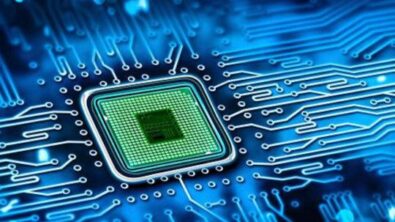SI and PI – two flavors of Integrity
Power integrity (PI) is an analysis discipline that has been around for years. Signal integrity (SI) has been around for a few more years. Basically, they both deal with the proper analog operation of digital circuits. So why these specific realms of analysis? The main issue is that there is no such thing as “digital” – what we call “digital” data transmission is really just voltages compared to thresholds, so making sure we have the right voltages at the right times is the essence of signal integrity. Power integrity is a bit more broad in its scope, but a “power integrity” failure usually leads to the same results as a signal integrity failure – some kind of erroneous data. It is tempting to try to analyze everything in a PCB design as one big “virtual prototype”, but modeling and computing limitations keep that from being practical. Furthermore, the design process is made a bit easier by dividing up these problems. For instance, a signal integrity problem can be solved by changing the line impedance, adding termination, or adjusting spacing to control crosstalk. It is helpful to be able to analyze just the signal integrity of a circuit to look for these types of solutions. Similarly, for power integrity, possible solutions might be adding more metal to control a DC Drop problem or changing the way capacitors are mounted to improve the PDN performance at higher frequencies.
For more information, check out the following article in EDN: Signal Integrity and Power Integrity in High-Speed Design.
Whatever your chosen flavor of integrity, be sure to simulate it early in the design cycle, otherwise you might get left with a bad taste in your mouth…


